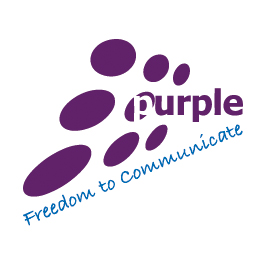Business phone systems come in three basic flavours:
Simple extensions
You can have more than one phone on a single-number line. All extensions ring when an incoming call arrives; any extension can make an outgoing call, but that prevents anyone else from doing so.
Essentially we’re talking about the same kind of set-up you have at home. For a very small company this can be a decent, and economical, starting point– particularly with everyone working in a single office, so that you can see or hear whether anyone is using the line. The best bet here is a DECT cordless system, which allows up to eight extensions per line – including faxes and telephone answering machines – with internal calling between them.
Key systems
These typically have multiple buttons on each phone, originally they were clickable keys, for selecting one of several outside lines or for calling an internal extension. Installation is often very simple: most systems plug directly into regular phone jacks, without any need for separate wiring. Growth tends to be quite limited, though.
Any user can make outgoing calls simply by pressing one of the outside-line buttons to get a line; the button lights up to show that it’s in use. And any user can pick up an incoming call simply by pressing a button that is flashing. Alternatively one user could be designated as a telephonist/receptionist, answering all incoming calls and directing them to individual users.
PBX
Key systems are generally aimed at 8-20 users, while PBXs – private branch exchanges – handle larger workloads. Essentially the PBX is a smaller version of the switching equipment used by the phone company to direct calls at its telephone exchanges. And while all the control electronics for a modern key system may well be embedded in the phones themselves, a PBX will almost certainly need a separate controller cabinet. Typically the user has to dial 9 to get an outside line.
Inside that is what amounts to a whole computer, programmed to provide advanced phone functions. PBXs usually have an operator or switchboard to monitor and route incoming calls to the extension requested. That provides a human face for the system, and the importance of this should not be understated.
In technical terms, though, modern PBXs don’t need much human intervention – with facilities like:
Auto attendant – this directs the incoming call to the appropriate destination by asking the caller to select particular options
Voicemail – records messages for people who are away from their desk
DDI – which allows a caller to dial a specific number that gets them directly to a particular extension.
In fact the distinctions between the key and PBX systems are becoming blurred. Many key systems include features that were once available only on PBXs and some systems operate internally as either a key or a PBX depending on the software that is installed. The term hybrid is often used to describe systems that resemble both key and PBX systems.
